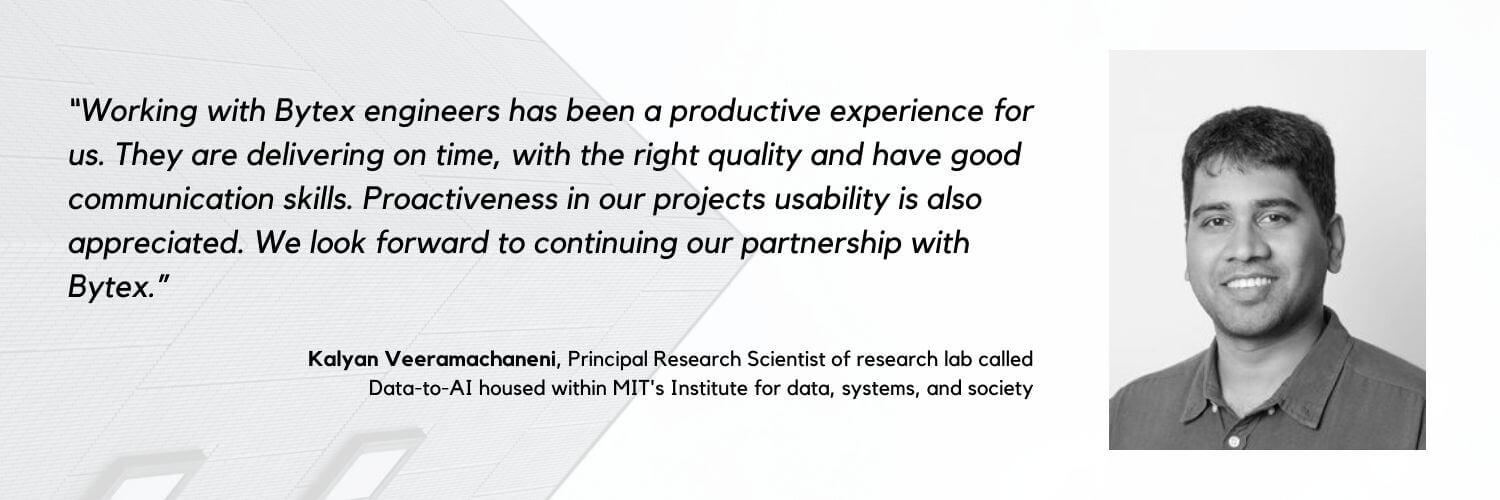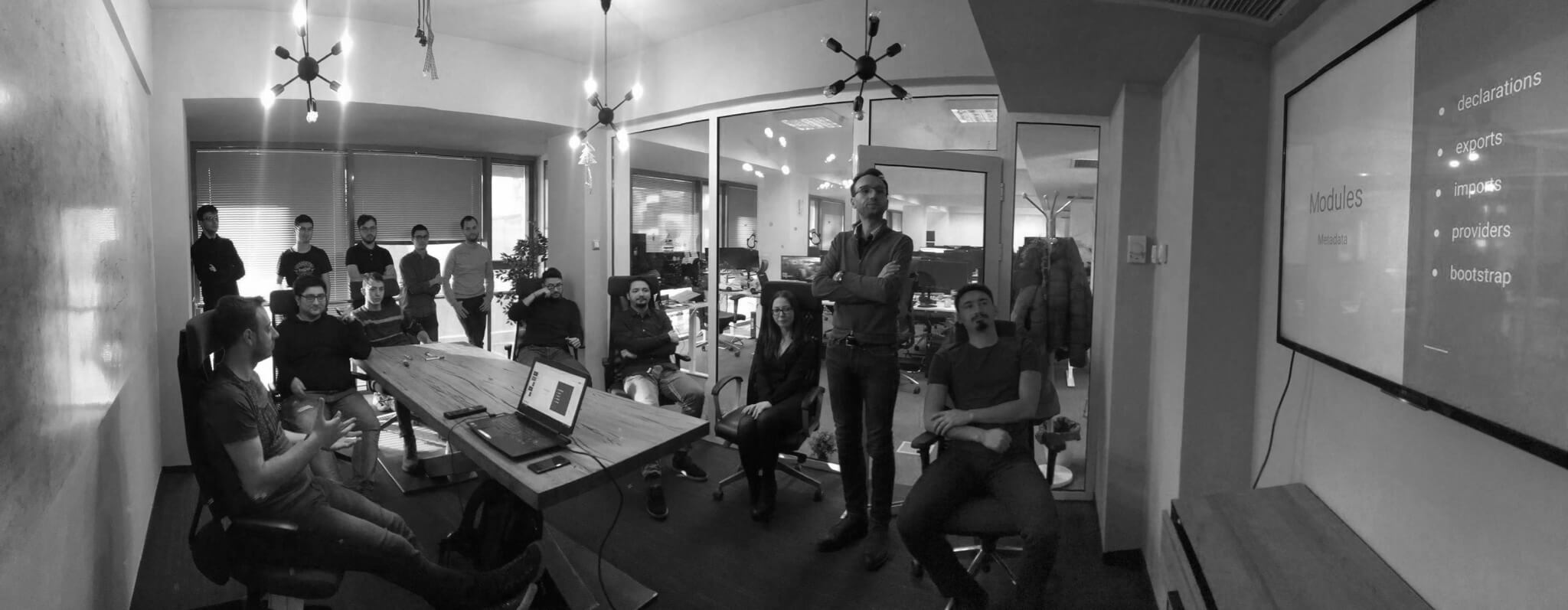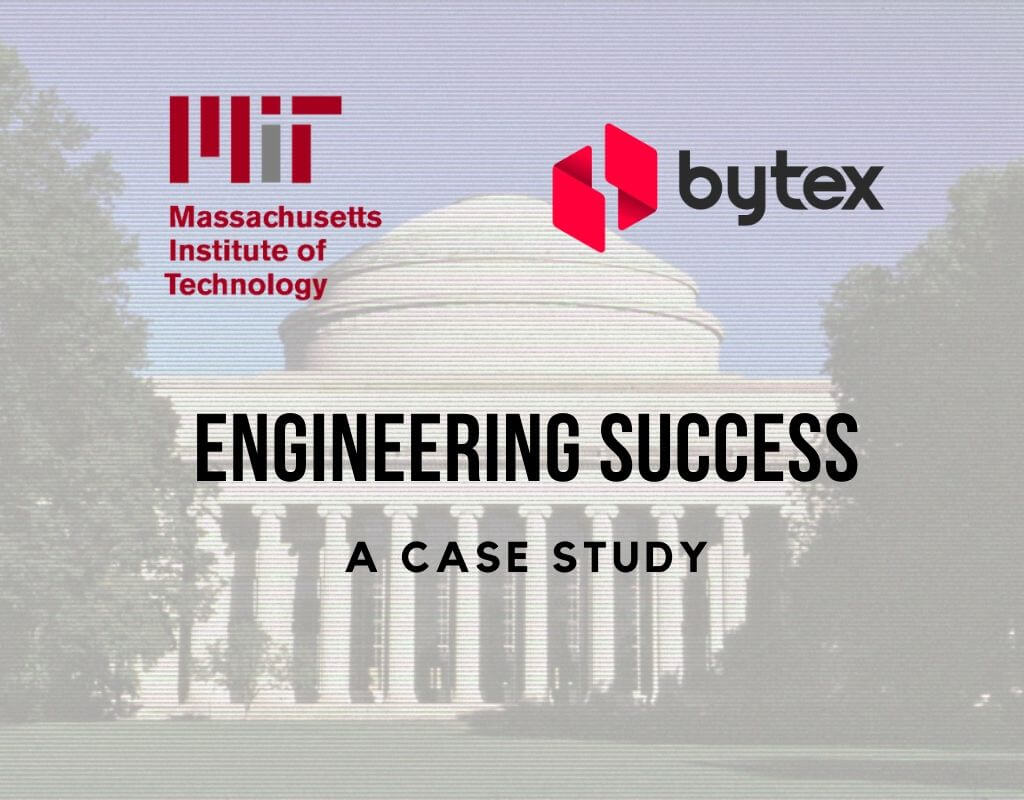How Our Software Engineering Team Helped One of the World’s Most Prestigious Institutions
There are many things to be said about how the Massachusetts Institute of Technology (MIT) strives to make the world a better place. With its contribution to the fields of education, research and innovation standing as a pillar for future generations of scientists, we’ve been lucky enough to partner up with them on several software engineering projects and play our small part in helping them fulfill their mission. Our thoughts on the collaboration? It has been nothing short of extraordinary to service such a prestigious institution.

The Challenge
Our mission was to deliver an appealing interface for the technologies developed by MIT’s specialists. While we can’t discuss the intricacies of our partnership at length, due to the confidential nature of the work that is being done there, we would still like to provide a glimpse into how we proceeded to modernize MIT’s UX.

The Journey
We knew from the beginning that things will not be easy. The first MIT project we took on required a new user interface, so we challenged our UX designers to come up with stunning graphics, which our software engineers implemented using MIT approved APIs.
We started small, updating each flow, and creating new pages and views so that end-users could easily interpret anomalies through various graphs. From line and area outlines to radar-type charts that represent anomalies at year, month or day levels, we ensured that they were all visually appealing and easy to follow.
For tools, we used Sketch and InVision, as they allowed our UX designers to leverage their creativity and expertise whilst being able to easily share their vision with all the parties involved. This made for great communication and fantastic collaborative work, where everyone was able to express ideas and suggestions.

On the UI side, we used Webpack as a module bundler and gulp.js as a build system. We also made use of React.js, Typescript and Less for web development and styling, and turned to D3 for the above-mentioned graphs.
In a place as dynamic as the MIT, priorities often change, and we were shortly presented with a new project in need of design, development, and deployment. After receiving the specifications, we reiterated our collaborative approach and managed to involve everyone in the project – from UX designers and UI engineers to backend developers and managers, we all pitched in and made sure that the end result would be everything MIT hoped for, and more.
We decided that MongoDB would suit the project best, perfectly complementing LoopBack, which we used for building the REST API, and the flexible and ever-changeable ReactJS, which we turned to for the flows and reports necessary to this one of a kind app.
The Values
In our years of experience with working remotely as an IT software engineering team on first-rate projects, we learned that there is nothing more important than effective communication. As a result, time and time again, we managed to deliver great work through great people and great solutions, and our partnership with MIT was no exception. We wouldn’t have become the reliable company that we are today without creating an environment where everyone’s voice matters.

We are excited to be a part of MIT’s web development team, and we look forward to our projects with them becoming open source so that everyone can benefit from our solutions.
We trust that the future will bring forth new challenges and opportunities. If you have such a project for us, we are very eager to hear from you.
Interested in outsourcing software engineering?
Contact us and let’s see how we can help!


